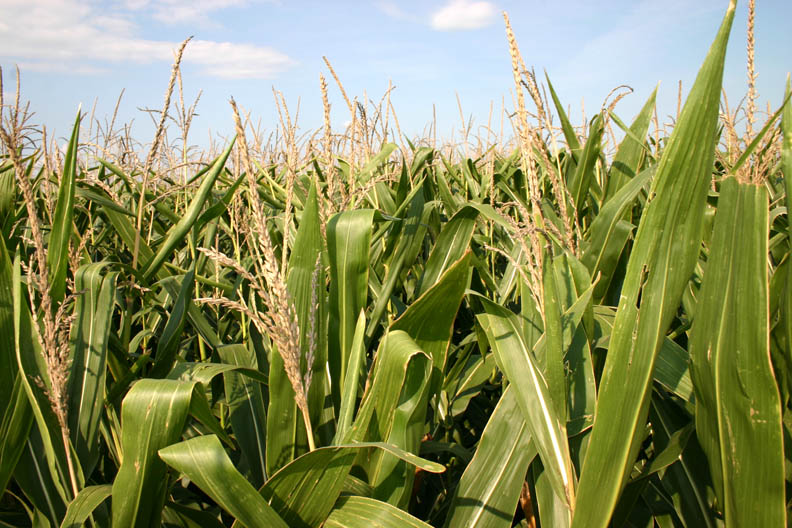October 28, 2010

For the past several years, the biofuel industry has been concerned with a “blend wall” that would arise if more ethanol was produced than could be sold as E10 (10 percent ethanol, 90 percent gasoline) under existing federal regulations. On Oct. 13, the Environmental Protection Agency (EPA) approved the use of E15 in 2007 model and newer vehicles. While this is a positive development for the industry, the initial impact of the regulatory change will be small for several reasons.
First, while the industry has approval to begin selling E15, a number of logistical hurdles will delay consumer availability. Among the technical issues that must be resolved before E15 can be sold in all states are health-safety testing, equipment testing, vehicle warranties, octane rating, detergent certifications and liability protection for fuel marketers.
New fuel dispensers with an additional hose likely will be needed. Current three-dispenser pumps offer gasoline, E10 and premium fuel. Due to competitive pressures, retailers are unlikely to replace any of these to make room for E15. Therefore, a delay in implementation will occur until new retail pumps can be installed.
New educational programs will have to be developed to inform consumers on E15 merits, pricing and appropriate use. Also, liability protection for retailers will need to be developed in case damage occurs if E15 accidently is placed in a pre-2007 vehicle. Consumers typically choose the lowest priced fuel and E15 is expected to cost less than E10 or gasoline. The EPA has indicated it’s developing a national educational program, pump stickers and other materials to inform consumers.
One of the larger impediments is the small size of the 2007 and newer vehicle market. According to the Renewable Fuel Association, 2007 and newer vehicles represent about 20 percent to 25 percent of the light-duty vehicle fleet. If every single 2007 and newer vehicle in America used E15 every time, the theoretical market for ethanol would grow by just 1.4 billion to 1.6 billion gallons. Mandated biofuel production is expected to grow at an even faster rate than this increase in consumption, which creates a potential for another blend wall.
Another limitation is that newer vehicles have improved fuel mileage, which further reduces market demand.
The EPA has stated that it intends to approve E15 for use in 2001 and newer vehicles later this year or early in 2011. These vehicles are about 60 percent of the current fleet. This means there are a substantial number of vehicles on the road today that are older than 2001. If every 2001 and newer light-duty vehicle used E15 all of the time, the ethanol market maximum would grow by approximately 4 billion gallons. However, it is doubtful that all consumers will purchase E15.
While the EPA’s acceptance of E15 is a positive step for the biofuel industry, the overall market impact will be negligible because biofuel production is expected to exceed growth in E15 consumption. The real solution to the blend wall and ethanol market saturation is for more consumers to purchase flex-fuel vehicles and use E85.
You May Also Like




